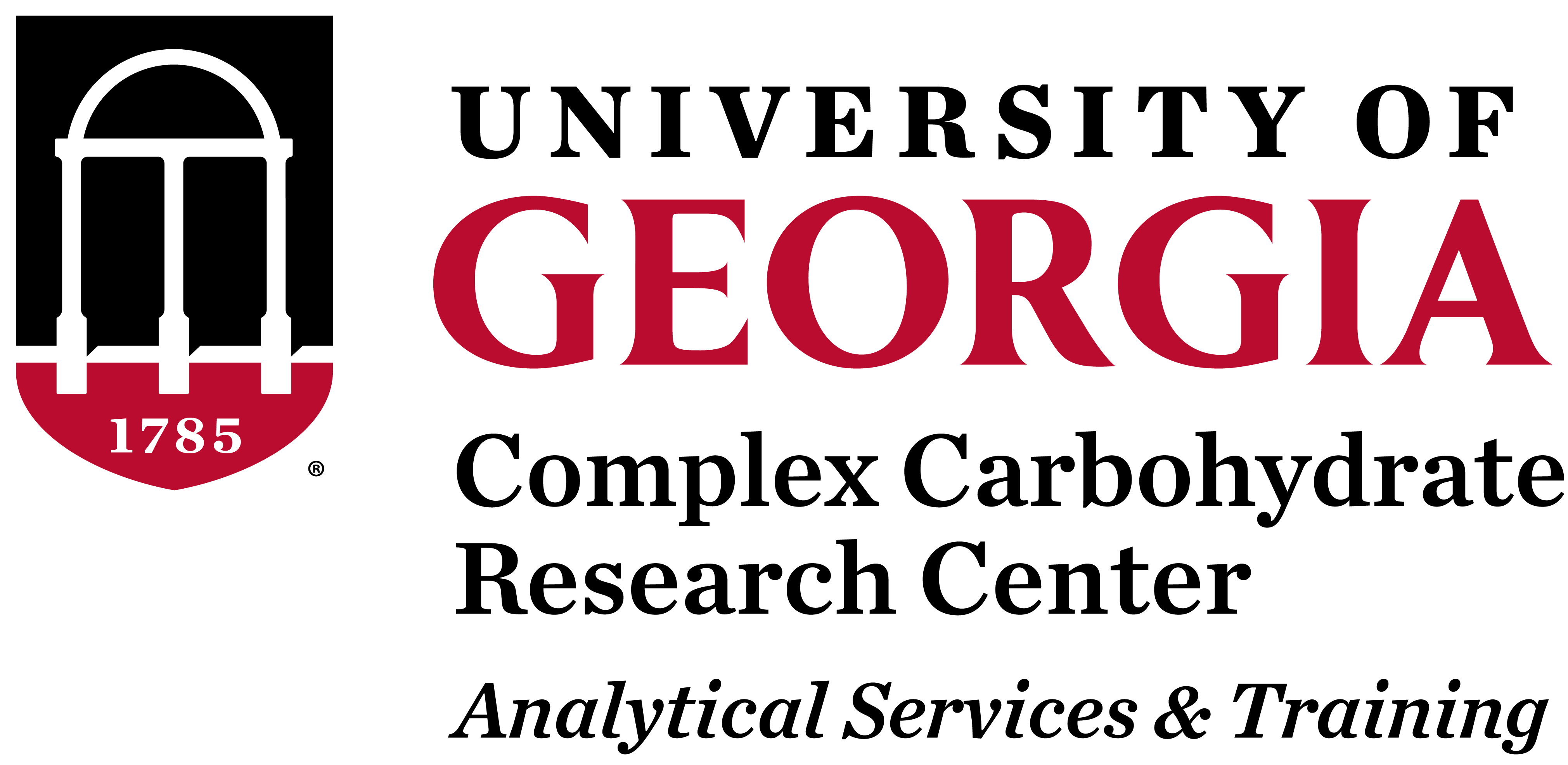Others
Please contact Dr. Azadi at Azadi@uga.edu for more information
qRT-PCR
Transcript analysis of glycan related genes by qRT-PCR
We have developed a high-throughput methodology for transcript analysis of glycan related genes (transcripts from >700 genes) by a qRT-PCR approach. The power of the technique is its extreme sensitivity and the side dynamic range for quantitation of both high and low abundance transcripts. The focus of our studies will be to assess transcript abundance by qPT-PCR for genes encoding all of the “glycans-related” glycosyltransferases, glycosidases, transporters, modification enzymes, sugar-nucleotide biosynthetic enzymes and lectins (>700 genes).
Surface Plasmon Resonance (SPR)
The Biomolecular Interaction Laboratory at the CCRC provides campus researchers surface plasmon resonance (SPR) for real-time monitoring or macromolecular interactions without the need for labels via the Biacore optional biosensor. Dr. Zhirui Wang is the coordinator of this laboratory, which currently has a Biacore 3000 and a Biacore T100 utilizing BIAcontrol software.
Biacore instruments are available on collaboration or a fee-for-service basis to researchers at the University of Georgia as well as researchers from other institutions or companies.
SPR systems monitor molecular interactions in real-time using a label-free detection method. A sample in solution is injected over a sensor surface on which the potential interactin partner(s) are immobilized, either singly in individual flow cells or as part of an array. As the injected sample interacts with the immobilized partners, the refractive index at the interface between the sensor surface and the solution alters to a degree proportional to the change in mass at the surface. The phenomenon of surface plasmon resonance (SPR) is exploited to detect these changes in real time and data are presented in a ‘sensogram’, a profile of SPR response plotted against time. The sensogram traces the association and dissociation of complexes over the entire course of an interaction, with the kinetics revealed by the shape of the binding curve.
SPR response values are expressed in resonance units (RU). For most proteins, 1.0 RU is equivalent to a change in concentration of about 1 pg/mm2 on the sensor surface. With a working range as low as 10 RU, detecting small molecules down to 180 Da at <1nM concentration, measuring weak affinity binding events can be achieved (affinity range at equilibrium 104 -2x1010m-1).
Biacore instruments
Biacore 3000
The Biacore 3000 is our basic tool for exploring protein function and is useful for samples ranging from small molecules to crude extracts, lipid vesicles, viruses, bacteria and eukaryotic cells. The Biacore 3000 is designed for individual sample characterization.
Biacore T100
The Biacore T100 can do everything that the 3000 can do, plus analyze low molecular weight drug candidates to high molecular weight proteins (also DNA, RNA, polysaccharides, lipids, cells and viruses), in various samples environments, e.g. In DMSO-containing buffers, plasma and serum. The injection volume range from 2-350 L (application dependent) and the range of flow rate are from 1-100 L/min. the disadvantage of the T-100 is that it is less tolerant of impurities as compared to the 3000. Also, the cost of supplies is somewhat higher.
Typical working ranges:
Association rate constant (ka): 103-107M-1s-1 (and higher for macromolecular analytes)
Dissociation rate constant (kd): 10-5-0.5s-1
Sample concentration: 10-3-10-11M
Molecular weight detection: >100 Da
Recovery specifications: 1.5 L analyte recovery volume
Policies and Procedures
All new users need to be trained or provide convincing evidence of past training. Each user will be responsible for keeping track of sensor chips, supplies, reagents, and disposables used; clean-up of the immediate laboratory area; and specified maintenance of the instrument. Investigators must purchase a Biacore Getting Starter Kit (BR-1005-50 for Biacore 300 and BR-1006-50 for Biacore T100) and a CM-5 chip (catalogue # BR-1000-14) that will be used during training. After training is completed the investigator can schedule time on the instrument.
Scheduling
Sign up is done in one-day blocks and you are allowed to sign up for a maximum of 3 days in a row, including the weekend. Please contact Parastoo Azadi at Azadi@uga.edu for additional information.
Biacore 3000 Costs
The fees for using the instruments are to cover the cost of instrument maintenance and are:
- The cost for use of the Biacore 3000 is $325.00/day. This cost includes instrument time and labor. (We run the samples for you.)
- The fee for instrument time only is $150.00/day (The user must have some experience on the Biacore).
You will need to buy your own consumables (sensor chips, buffer, vials, etc.) for your experiments.
Biacore T-100 costs
- The cost for use of the Biacore T100 is $375.00/day. This cost includes instrument time and labor. (We run the samples for you.)
- The fee for instrument time only is $175.00/day for the T-100 (The user must have experience on the Biacore).
Users will need to buy their own consumables (sensor chips, buffer, vials, etc.) for your experiments.
